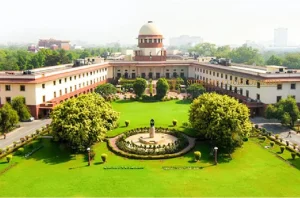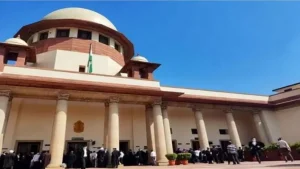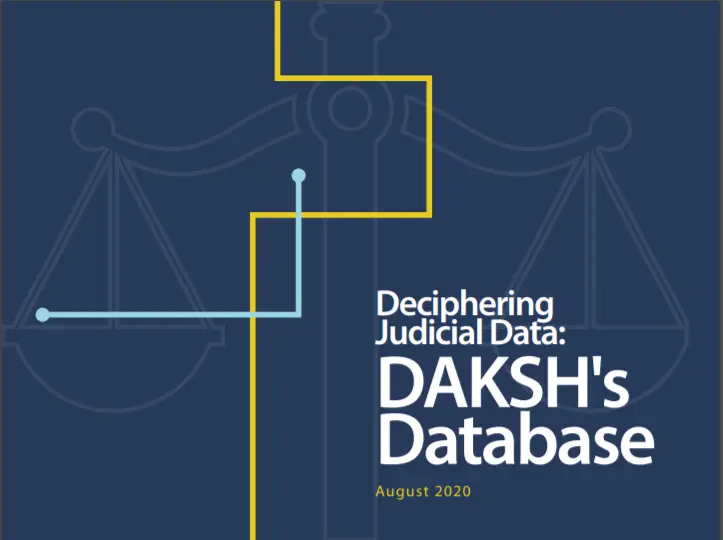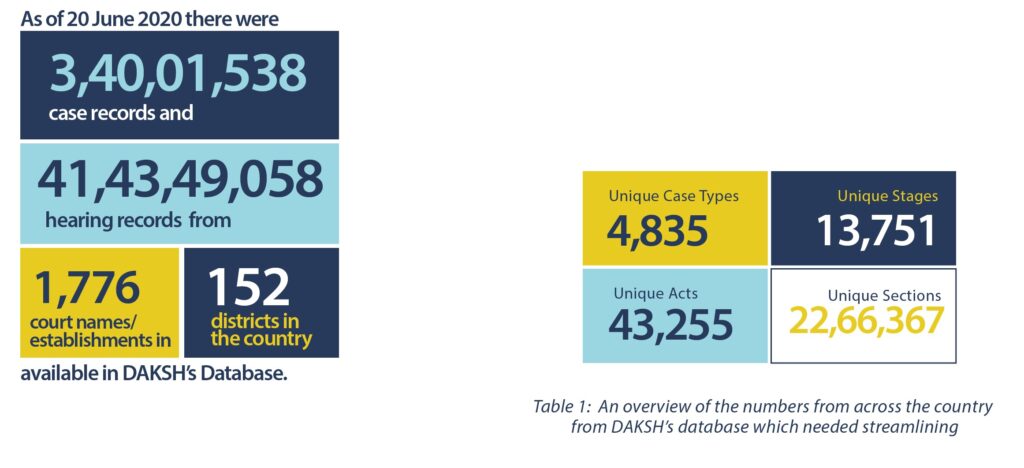

Deciphering Judicial Data: DAKSH’s Database
DECIPHERING JUDICIAL DATA: DAKSH’S DATABASE
The growth of the e-courts system has led to an exponential increase in the availability of court-related statistics. There are millions of records for case and hearing related information that are on the e-courts website today. However, with the inflow of a large volume of data over the past several years, there has also arisen the need to ensure that the data available online is standardised so that it can provide the most accurate insights. Our research indicates that there exists lot of inconsistencies in data that needs to be streamlined before proceeding with the analysis. In this regard, various case and hearing related data available on e-courts are systematically cleaned, streamlined and pushed in the DAKSH’s database, a one of a kind public database. The analysis of such data can be useful for judges, advocates, litigants, and various other stakeholders of the system. Therefore, the note provided below examines issues pertaining to data inconsistencies and shares DAKSH’s efforts in harmonising the data publicly available on the e-courts website.
THE DATASETS CAN BE FOUND BELOW
1. Civil and Criminal Mapping of Case Types
2. Mapping for Stages (Civil and Criminal)
3. Percentage of Data from E-courts on DAKSH’s Database
Please note that this work and the data sets uploaded herewith are licensed under the Creative Commons Attribution 4.0 International Public License. If you have any questions or concerns, or any feedback regarding the DAKSH database or the platform, please write to us at database@dakshindia.org.
Disclaimer: The analyses shown on the platform emerge from primary data collected from eCourts, NJDG, and the websites of High Courts in India. While all efforts have been made to ensure the completeness of information, there are gaps in the data that was available, which may impact our findings. Any inadvertent errors in the analyses are those of DAKSH alone. The DAKSH database seeks to make data regarding the judiciary publicly available in an analysable format for easy access and use by all stakeholders in the justice system to understand the functioning of the judiciary.
RECENT UPDATE


Lessons for Judiciary from Space Sector

The missing piece in India’s reform story—a strong tribunal system

Fast-track courts may not be the cure

-
Rule of Law ProjectRule of Law Project
-
Access to Justice SurveyAccess to Justice Survey
-
BlogBlog
-
Contact UsContact Us
-
Statistics and ReportsStatistics and Reports
© 2021 DAKSH India. All rights reserved
Powered by Oy Media Solutions
Designed by GGWP Design

